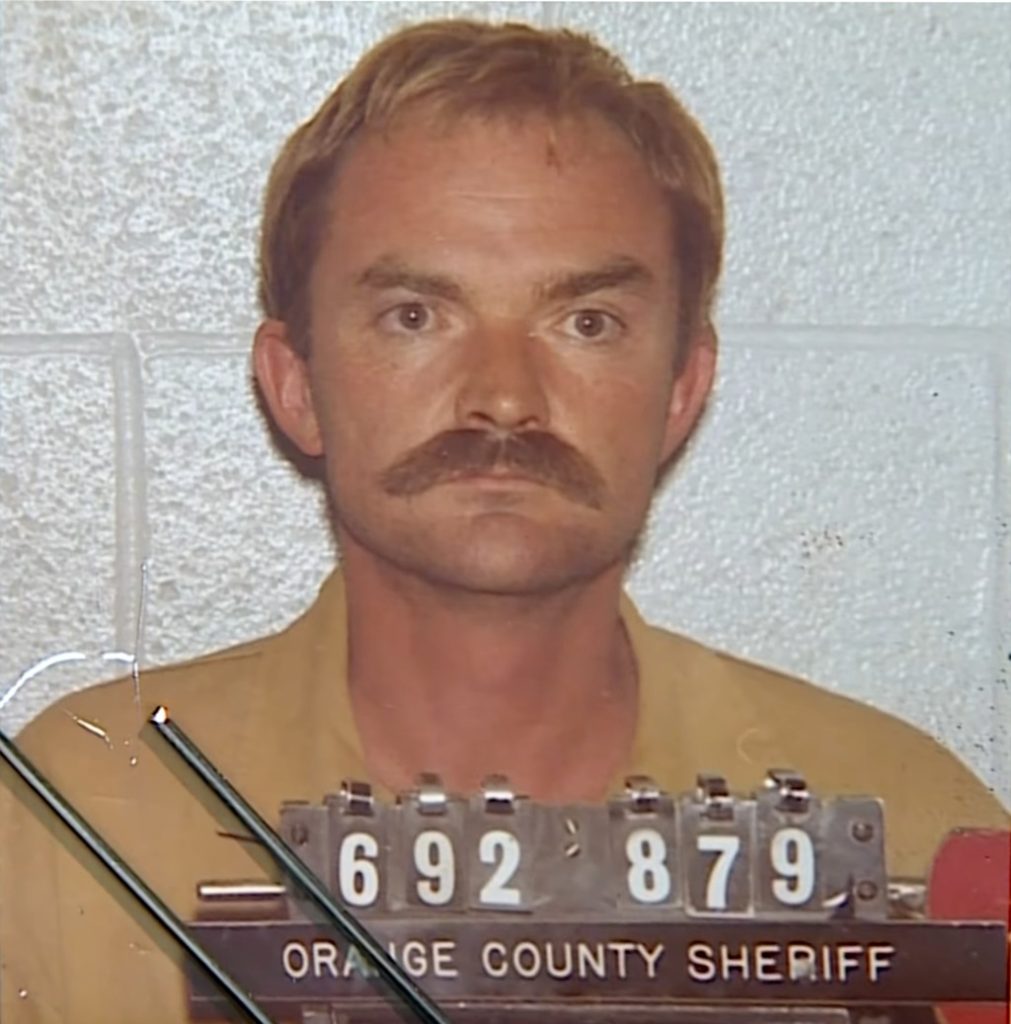Nearly 45 years after a body was discovered along Interstate 5 in Oregon, investigators have finally given a name to the man — and a suspected killer to go with it.
The Oregon State Police announced this week that Larry Eugene Parks, a 30-year-old Vietnam veteran, has been identified as the victim found dead on July 18, 1980, near I-5. For decades, Parks remained a John Doe. But thanks to forensic genealogy and a renewed investigation launched last year, authorities now believe notorious serial killer Randy Kraft is responsible for his murder.
Kraft, often referred to as the “Scorecard Killer,” is serving time at San Quentin Rehabilitation Center in California. He was convicted of killing 16 young men throughout the 1970s and early 1980s — but officials believe the true number of victims may exceed 60 across several states, including Oregon, Washington, and Michigan.

The renewed investigation into Parks' case was sparked in 2024 when an Orange County Sheriff’s investigator revisited evidence from the decades-old homicide. Using a blood sample from the original crime scene, a genetic profile was created and compared through forensic genealogy, which eventually led detectives to Parks’ family. They submitted their DNA, confirming his identity — and shedding new light on a tragic story that had long gone cold.
“Until his identification last month, the circumstances of his disappearance were unknown to the Parks family,” said Oregon State Police. Parks had reportedly lost contact with his loved ones about a year before his death.

Evidence suggests Kraft may also be linked to another murder along I-5, committed just one day prior to the discovery of Parks’ body. The Orange County District Attorney’s Office has possession of evidence from both cases and is reviewing it in light of this new development.
This isn’t the first time Kraft has been linked to cold cases with the help of modern technology. In 2023, a teen from Iowa — long believed to be one of Kraft’s earliest victims — was also identified through forensic genealogy.
While it’s too late for justice in the traditional sense, investigators hope this breakthrough brings a measure of closure to the families and communities haunted by these brutal crimes. For Oregon, it’s a somber reminder that the shadows of the past still linger — but science, and persistence, are helping to shine a light.
📍 This article is part of That Oregon Life's continuing effort to spotlight real stories that matter to Oregonians — especially when long-forgotten mysteries finally find answers.













